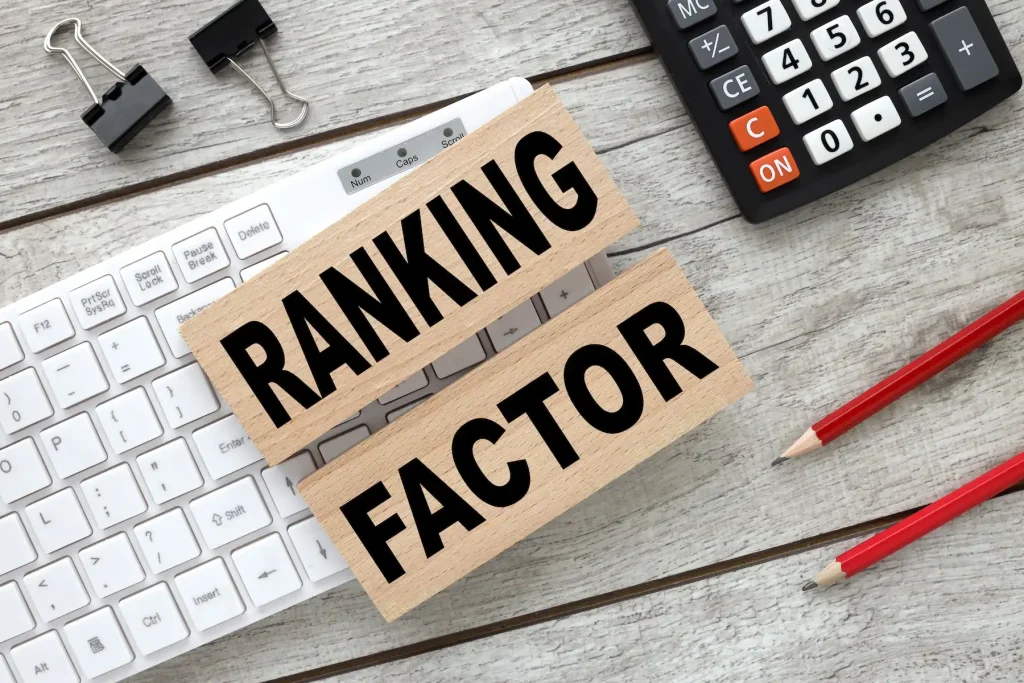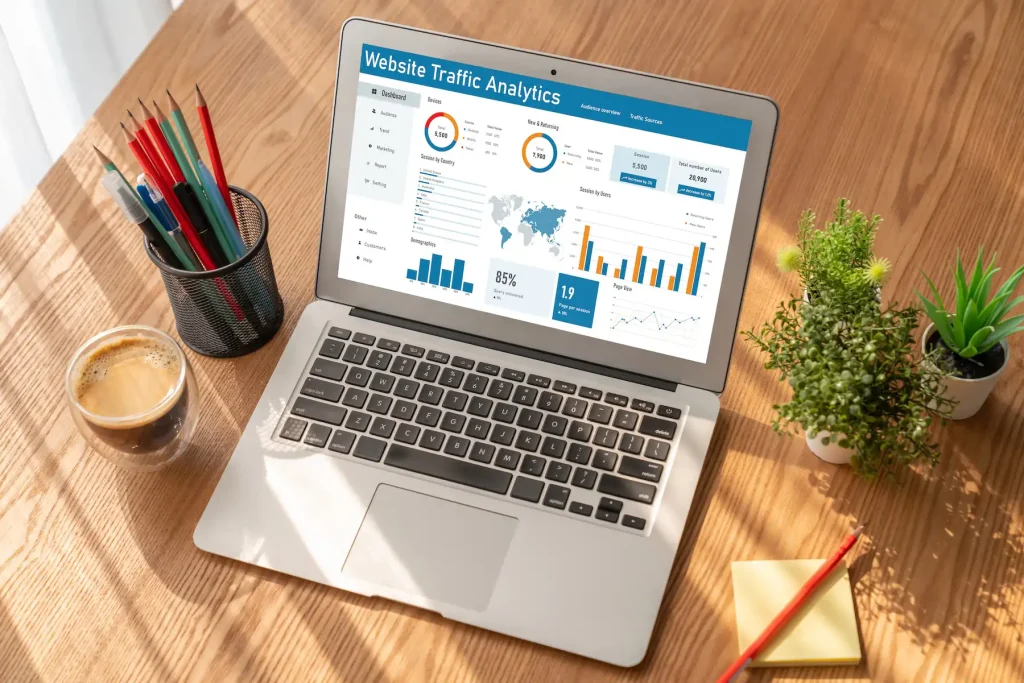Why Local SEO Matters for Service Businesses
- Nearly half of all Google searches have local intent, meaning users are looking for nearby solutions or services. That’s an enormous stream of ready-to-buy traffic your business can tap into.
- 98% of consumers read online reviews for local businesses, and 76% trust them as much as personal recommendations.
- Local packs and map results occupy premium real estate on mobile, which is where most of your local customers search.
What you’ll learn below is a step-by-step playbook to build a winning local SEO strategy for service businesses—from Google Business Profile to on-page optimization, reviews, citations, and measurement.
Understanding How Local SEO Works (and Why It’s Different)
Local SEO has its own algorithm and ranking signals. While traditional SEO focuses on global or national visibility, local SEO prioritizes three core factors:
- Proximity: How close the searcher is to your business or service area.
- Relevance: How well your business matches the search query and intent.
- Prominence: The authority of your business based on reviews, links, and brand mentions.
For service businesses, Google surfaces results in the local map pack and organic listings. Winning requires a dual approach: optimize your Google Business Profile (GBP) and your website.
Google Business Profile: The Heart of Local SEO for Service Pros
- Choose the right primary category and add 2–4 relevant secondary categories.
- Fill every field: description, services, areas, hours, attributes, booking link.
- Add high-quality photos and videos monthly.
- Use “Services” to list core and supporting services with short, benefit-driven descriptions.
- Publish weekly Google Posts about seasonal offers, FAQs, or tips.
- Seed and answer common questions in the Q&A section.
- Request reviews from every happy customer and reply to all reviews with specifics.
Important: If you’re a service-area business (SAB), hide your address and list service areas per Google’s guidelines.
Service-Area Businesses: NAP and Consistency Done Right
- Keep Name, Address, Phone (NAP) consistent across your website, GBP, and directories.
- Use a single primary phone number everywhere; manage call tracking carefully.
- Keep hours consistent and update for holidays.
On-Page Optimization for Service Business SEO
- Homepage: Target primary service and core city.
- Service Pages: One per service with FAQs, pricing, process, and trust signals.
- City Pages: Unique, helpful pages for top cities or neighborhoods.
Optimize:
- Title tags with service + city.
- H1 and headers with natural keyword usage.
- Short, descriptive URLs.
- Internal links between blogs, service pages, and testimonials.
- LocalBusiness and Service schema.
Local Content Strategy
- City-specific guides and local regulation explainers.
- Partnership highlights with local charities, schools, or HOAs.
- Seasonal checklists and cost comparisons.
Reviews and Reputation
- Ask for reviews via SMS/email with direct links.
- Reply to every review with customer names and service details.
- Build reviews on Google plus Yelp, Facebook, and industry sites.
- Highlight reviews on your site with review schema.
Citations, Directories, and Data Aggregators
- Must-have listings: Google, Apple Business Connect, Bing Places, Yelp, Facebook, local chamber pages.
- Data aggregators: Neustar Localeze, Data Axle, Foursquare.
- Fix duplicates and inconsistencies.
Proximity, Prominence, and Relevance
- Relevance: Align GBP and website content with specific local search intent.
- Prominence: Earn links from local news, vendors, sponsorships.
- Proximity: Target top-value areas with content, offers, and localized ads.
Tracking, UTM Tags, and Call Attribution
- Use UTM parameters on GBP links for GA4 tracking.
- Call tracking with correct primary/additional number setup.
- Track calls, form submissions, bookings, and quote requests.
- Use geo-grid rank tracking to visualize coverage.
Advanced Local SEO Tactics
- Implement LocalBusiness, Service, and FAQ schema.
- Show E-E-A-T: bios, licenses, photos of staff and credentials.
- Build topic clusters for major services.
- Blend Local Services Ads (LSA) with organic efforts.
Real-World Example
A mid-sized plumbing company serving three suburbs rebuilt service pages, optimized GBP, launched a review program, and earned local links. In 90 days, they achieved:
- 61% increase in map pack impressions.
- 47% more GBP calls.
- 34% more quote requests from the website.
Local SEO Content Ideas by Service Type
- Home services: Seasonal guides, troubleshooting tips, permit info.
- Legal: Process explainers, timelines, local court guides.
- Healthcare: Insurance details, urgent care vs ER guides.
- Wellness/beauty: Aftercare instructions, neighborhood spotlights.
Common Local SEO Pitfalls
- Keyword-stuffed business names.
- Virtual offices or P.O. boxes.
- Thin or duplicate city pages.
- Ignoring or arguing in reviews.
- Neglecting mobile UX.
A 90-Day Local SEO Action Plan
Weeks 1–2: Foundation
- Audit and update GBP.
- Clean up NAP across directories.
- Implement LocalBusiness and Service schema.
Weeks 3–6: Build Relevance and Trust
- Automate review requests.
- Refresh service pages and publish two city pages.
- Add FAQs and conversion points.
Weeks 7–10: Grow Prominence
- Secure 3–5 local links.
- Run a community initiative and pitch to media.
- Post weekly on GBP; engage with Q&A and reviews.
Weeks 11–13: Measure and Optimize
- Analyze geo-grid rankings, calls, and conversions.
- Add city pages based on demand.
- Test conversion improvements.
Key Takeaways
- Local SEO drives high-intent leads quickly.
- Optimize both GBP and website for service + city intent.
- Reviews and local links multiply visibility and conversions.
- Measure results with UTM and call tracking.
Conclusion: Win More Jobs with Local SEO
Local SEO gives service businesses a practical, repeatable system to get found, chosen, and contacted by nearby customers. By optimizing your Google Business Profile, tightening on-page relevance, building authentic reviews, and earning local links, you’ll increase map visibility and convert more searches into booked jobs. Put the 90-day plan into action, track results, and iterate—and you’ll see local SEO become your most reliable pipeline for profitable growth.
Call to Action: Ready to accelerate your local marketing? Book a free local SEO audit to uncover quick wins, ranking gaps, and a tailored 90-day plan for your service area. We’ll show you exactly where to focus to drive more calls, quotes, and revenue.



